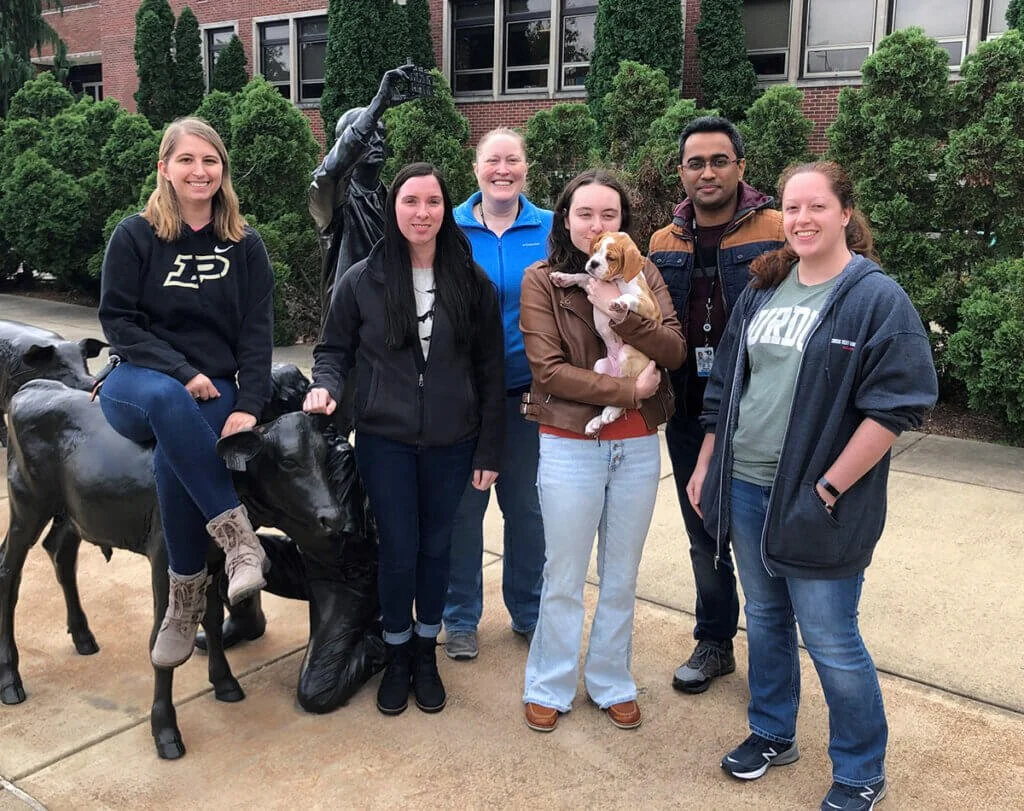All-Purdue crew spent two weeks on mission to Mars habitat simulation
Seven Boilermakers formed the first all-Purdue crew to complete a two-week mission at the Mars Desert Research Station (MDRS) near Hanksville, Utah, from December 30 to January 14.
“The environment around the station is extremely accurate in its appearance,” says Max Fagin (MS AAE’15), an aerospace engineer at Made in Space and commander of the Boilers2Mars team. “The chemistry of the soil doesn’t mimic the chemistry of Mars, but the lack of vegetation and signs of human life create a landscape that is very Mars-like.”
Each MDRS crew must be led by someone who has already been to the site. Fagin completed his previous mission in 2010 as an undergraduate at Vassar College.
“There are several analogue facilities like this all over the world, each working toward testing people, procedures, and best practices for the astronauts who will be exploring Mars,” Fagin says. “You must maintain the fidelity of the simulation while you’re there. You’re doing yourself a disservice if you’re taking it less than seriously.”
The habitat measures 26 feet by 33 feet and is designed as a spacecraft that has transported the crew from Earth. The upper deck contains a kitchen, common room, and seven staterooms, each the size of about three telephone booths. The lower deck houses a work/research room, an equipment room, and an airlock for ingressing and egressing.
Any time the crew stepped out beyond the walls of the habitat for an extra vehicular activity (EVA), they were required to don a sealed spacesuit. They traversed the terrain for up to six hours at a time gathering geologic samples for one of several experiments conducted during their stay. Other experiments included navigation during EVAs with radio signals; use of virtual reality for task training in comparison to traditional training; and use of yoga for stress relief.
As for whether Fagin would like to visit the real red planet one day? “Absolutely. We all do.
“One of the reasons we chose Purdue is because of the heritage of the astronaut corps,” Fagin says. “One of the objectives of this mission was to test ourselves, to determine if we have the constitution and and the disposition to be Mars astronauts. We’re ready to go.”
This story appeared in the Spring 2018 issue of Purdue Alumnus magazine.
Photo courtesy of MDRS Crew 186.











